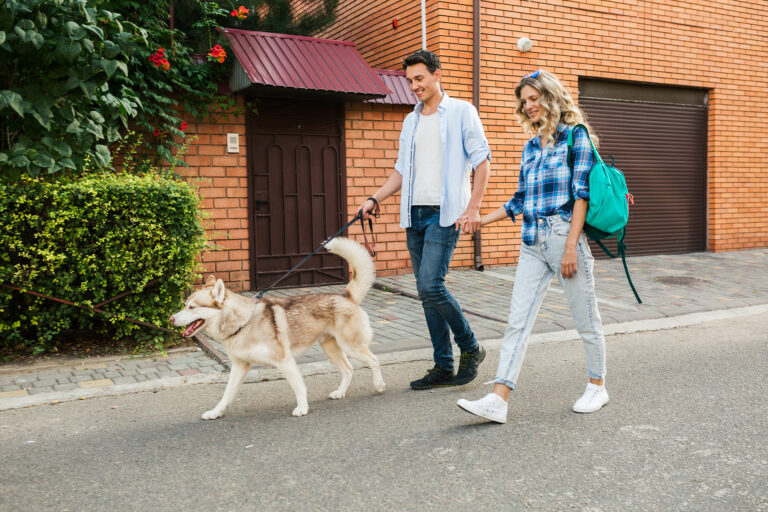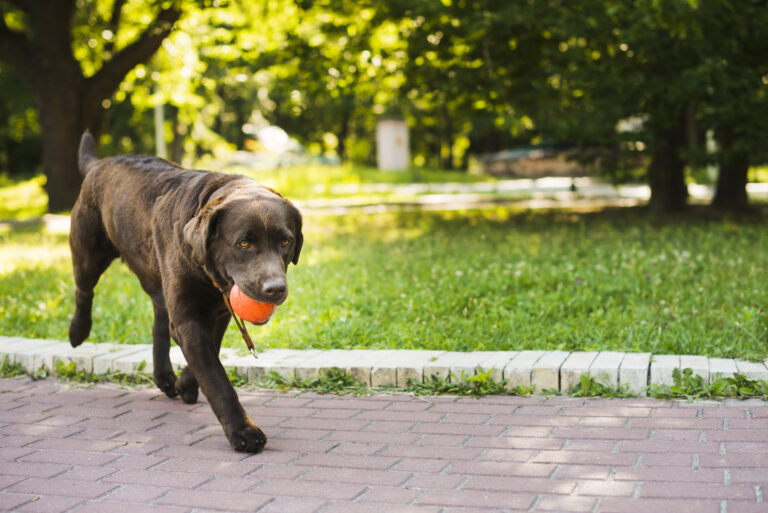Off-Leash Training for Reactive Dogs: A Comprehensive Guide
Off-leash training for reactive dogs requires a thoughtful approach focusing on safety, impulse control, and gradual desensitization. This guide will help you navigate the complexities of training your reactive dog to be reliable off-leash. Training a reactive dog can be challenging, but it becomes even more complex when you want your dog to be reliable off-leash.
Reactive dogs may exhibit aggressive, fearful, or overly excited behavior in response to various triggers, such as other dogs, people, or environmental stimuli. Off-leash training for reactive dogs requires a thoughtful approach prioritizing safety, control, and gradual desensitization. This guide will walk you through the steps to successfully train your reactive dog to be off-leash while maintaining calm and control.
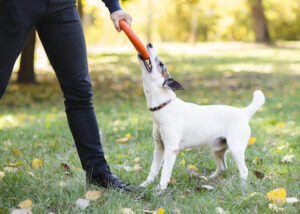
Understanding Reactivity in Dogs
What is Reactivity?
Reactivity in dogs refers to an overreaction to certain stimuli, which can manifest as barking, lunging, growling, or even snapping. This behavior is often driven by fear, frustration, or excitement. Reactive dogs may struggle with impulse control, making them more likely to react in unpredictable ways when off-leash.
Identifying Triggers
Before beginning off-leash training, it’s crucial to identify the specific triggers that cause your dog to react. Common triggers include other dogs, strangers, loud noises, or sudden movements. Understanding your dog’s triggers will help you create a training plan that gradually exposes your dog to these stimuli in a controlled manner.
The Importance of Foundation Training
Basic Obedience as a Foundation
Before attempting off-leash training, your dog should have a solid foundation in basic obedience. Commands such as “sit,” “stay,” “come,” and “leave it” are essential for maintaining control over your dog in various situations. Programs like Off Leash K9 Training’s Basic Obedience Program are excellent for establishing these foundational skills.
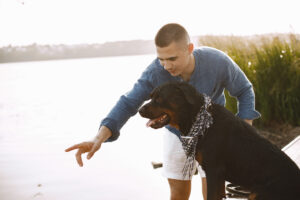
Impulse Control Exercises
Impulse control is a critical component of training a reactive dog. Exercises that teach your dog to wait for a command before acting can help reduce reactive behavior. Techniques such as “wait,” “place,” and controlled leash walking are valuable tools in building impulse control.
Desensitization and Counterconditioning
Gradual Exposure to Triggers
Desensitization involves gradually exposing your dog to their triggers at a distance where they remain calm. Over time, you can decrease the distance, helping your dog become less reactive. This process should be slow and controlled, ensuring that your dog does not become overwhelmed.
Using Positive Reinforcement
Pairing the presence of a trigger with positive reinforcement, such as treats or praise, can help your dog associate the trigger with something positive. This technique, known as counterconditioning, is effective in changing your dog’s emotional response to the trigger.
Off-Leash Training Techniques
Starting with a Long Line
Before transitioning to complete off-leash training, start with a long line (a long leash) to give your dog more freedom while still maintaining control. This allows you to practice recall and other commands at a distance, which is vital for off-leash reliability.
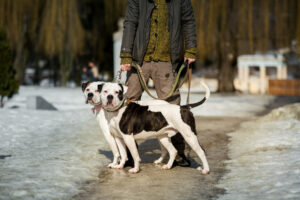
Building Reliable Recall
A strong recall command is essential for off-leash training, especially for reactive dogs. Your dog should respond immediately to the “come” command, regardless of distractions or triggers. Consistent practice in a controlled environment is key to building this reliability.
Incorporating Real-Life Scenarios
Once your dog is responding reliably on a long line, you can begin to incorporate real-life scenarios. Start in a secure, fenced area where your dog can experience off-leash freedom while you maintain control. Gradually introduce mild triggers at a distance, rewarding calm behavior and successful recall.
Utilizing Professional Help
Working with a Professional Trainer
Off-leash training for reactive dogs can be complex and may require professional guidance. Trainers experienced in working with reactive dogs, like those at Off Leash K9 Training, can provide personalized training plans and hands-on support. They can also help you navigate challenging situations and ensure your dog’s safety throughout the training process.
Consider Board and Train Programs
For dogs with severe reactivity, a Board and Train program might be beneficial. These programs offer intensive, focused training in a controlled environment, allowing your dog to practice off-leash behavior under the supervision of a professional trainer.
Safety Considerations
Assessing Your Dog’s Readiness
Not all reactive dogs are candidates for off-leash training. It’s important to assess your dog’s progress and behavior honestly. If your dog continues to exhibit strong reactivity or cannot reliably recall, it may be safer to keep them on a leash or use a long line.
Using Safety Gear
Even with reliable training, safety gear like a GPS collar can provide extra peace of mind when your dog is off-leash. This ensures that you can quickly locate your dog if they become distracted or overwhelmed.
Maintaining and Reinforcing Training
Ongoing Practice and Reinforcement
Off-leash training is not a one-time effort but requires ongoing practice and reinforcement. Regularly review and practice commands, especially recall, in various environments. Continue to expose your dog to triggers gradually, reinforcing calm behavior and strong impulse control.
Refreshers and Additional Training
As your dog progresses, you may find it helpful to enroll in refresher courses or additional training sessions. This can help maintain the skills your dog has learned and address any new challenges that arise.
Conclusion
Training a reactive dog for off-leash reliability is a challenging but rewarding endeavor. By understanding your dog’s triggers, building a solid foundation in obedience, and gradually introducing off-leash scenarios, you can help your dog enjoy more freedom while staying safe and controlled. With patience, consistency, and possibly professional guidance, your reactive dog can learn to navigate the world off-leash, responding calmly and confidently to the challenges they encounter.

